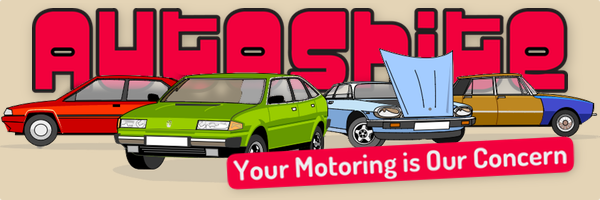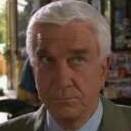project 1951 Lanchester LD10 - Welding Near Wood
-
Similar Content
-
Car in the Woods
By LimitedSlippedDisc,
- 6 replies
- 924 views
-
TIG WELDING
By stuboy,
- 12 replies
- 669 views
-
2CV welding help required 1 2 3
By BertiePuntoCabrio,
- 60 replies
- 3,435 views
-
- 359 replies
- 29,352 views
-
AutoShiter near Holywell, Flintshire?
By EyesWeldedShut,
- 0 replies
- 331 views
-






Recommended Posts
Create an account or sign in to comment
You need to be a member in order to leave a comment
Create an account
Sign up for a new account in our community. It's easy!
Register a new accountSign in
Already have an account? Sign in here.
Sign In Now